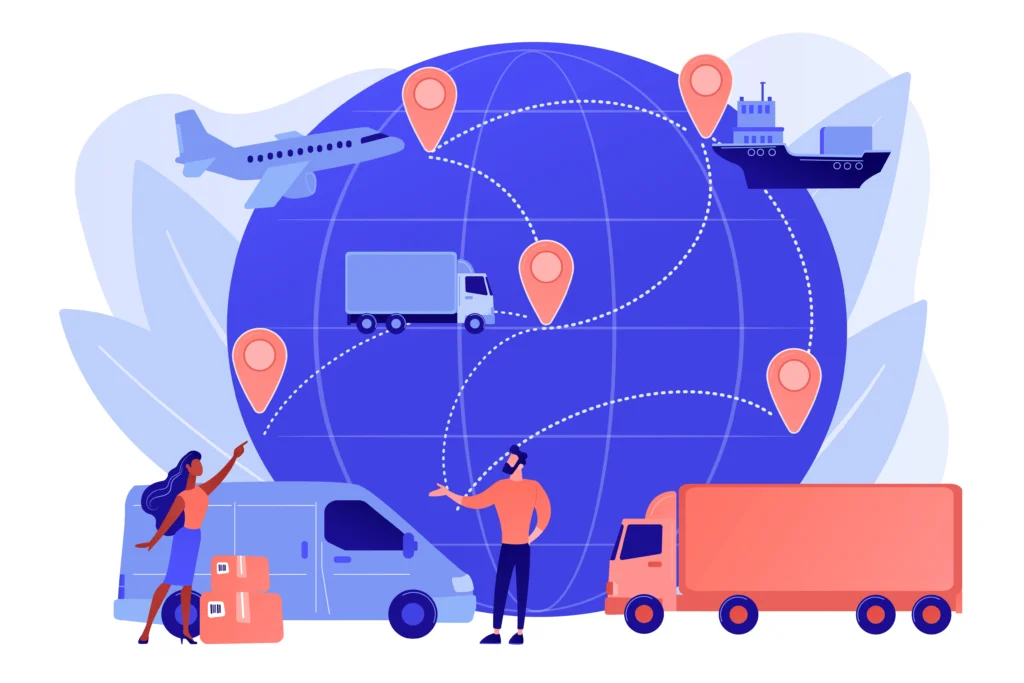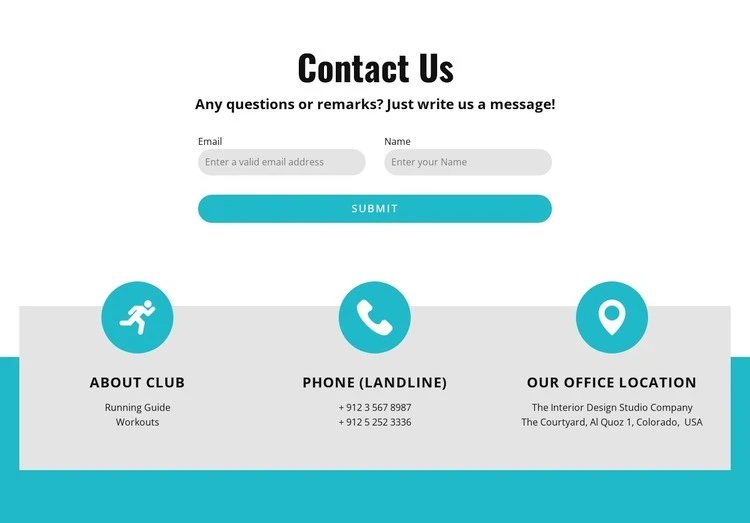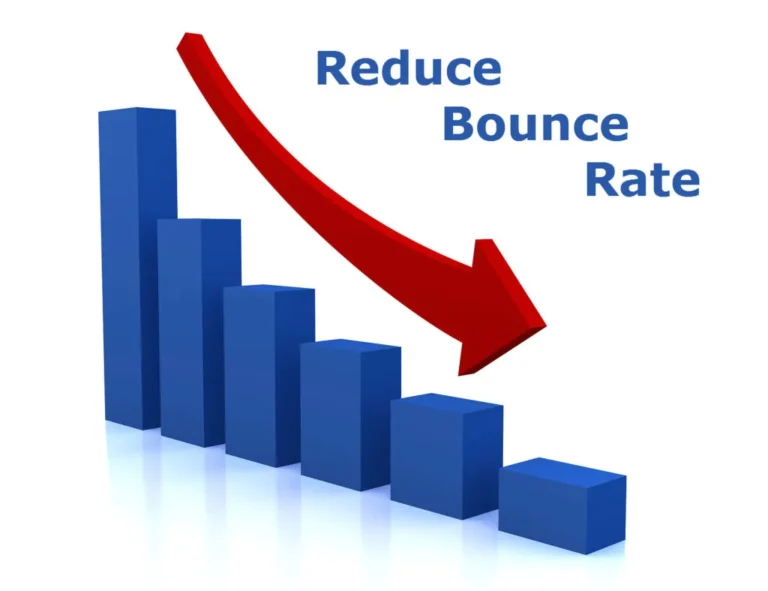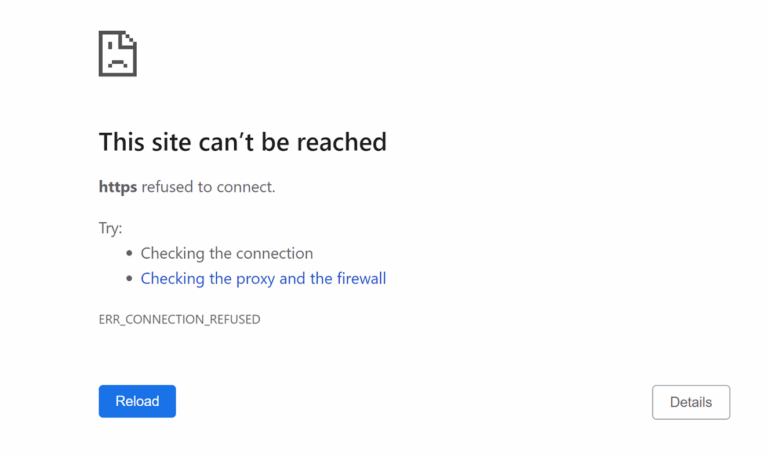What Are the Advantages of Automated Content Extraction?
Manually extracting valuable insights from vast datasets is not only time-intensive but also prone to inconsistencies. Automated content extraction leverages advanced technologies, including artificial intelligence (AI), machine learning, and natural language processing (NLP), to efficiently retrieve and analyze relevant information from diverse sources.

This technology enables businesses, researchers, and marketers to enhance operational efficiency, improve data-driven decision-making, and minimize human error.
How Does Automated Content Extraction Work?
Automated content extraction uses algorithms to scan, identify, and extract relevant text, images, or metadata from documents, web pages, or databases. The process involves:
Data Identification and Collection
AI-powered tools scan multiple sources, including PDFs, websites, emails, and social media, to gather relevant information. These tools can extract structured and unstructured data, ensuring comprehensive coverage.
Processing and Extraction
After data is collected, NLP and machine learning models analyze the content, filter out unnecessary information, and extract key insights. This step eliminates redundancies and organizes the data for better readability and usability.
Integration and Storage
Extracted data is stored in structured formats such as databases, spreadsheets, or dashboards, making it easy to integrate with other applications. This enables businesses to automate workflows and improve operational efficiency.
What Are the Key Benefits of Automated Content Extraction?
Automated content extraction accelerates data processing, enhances accuracy, and eliminates inconsistencies in large-scale information retrieval. It reduces manual workload, ensures seamless data integration, and enables businesses to make informed, data-driven decisions with greater efficiency. Here are its most significant advantages:
1. Saves Time and Increases Efficiency
Manually extracting content from multiple sources takes significant time and effort. Automation speeds up the process, allowing users to focus on strategic decision-making rather than tedious data collection.
2. Reduces Human Error
Manual extraction often leads to inconsistencies, inaccuracies, or missing data. Automated tools minimize these risks by using algorithms that maintain precision and consistency across all data points.
3. Enhances Data Accuracy and Quality
AI-powered extraction tools filter out irrelevant content and standardize data formats, ensuring that extracted information is relevant, structured, and ready for analysis.
4. Improves Compliance and Security
Many industries, including finance and healthcare, require strict compliance with data privacy regulations. Automated extraction tools help maintain compliance by securely handling sensitive data while reducing exposure to human error.
5. Enables Faster Decision-Making
With real-time data extraction, businesses can access up-to-date insights without delays. This improves decision-making, allowing companies to respond quickly to market trends and customer needs.
6. Scales to Large Data Volumes
Manual data processing becomes inefficient as data volumes grow. Automation handles large datasets effortlessly, making it ideal for businesses dealing with high-frequency content updates.
7. Supports Competitive Intelligence
Automated extraction allows businesses to track competitors, monitor industry trends, and gather valuable insights from various sources. This provides a strategic advantage in market analysis and planning.
8. Enhances Searchability and Accessibility
Extracted content is often categorized and indexed, making it easier to search, retrieve, and analyze. This is especially useful for research institutions, legal firms, and enterprises managing large document repositories.

Where Can Automated Content Extraction Be Applied?
Automated content extraction is widely applied in business intelligence, regulatory compliance, market research, and data management to enhance efficiency and accuracy. Here are all of its key applications:
Business and Finance
Financial institutions use automated extraction for processing invoices, contracts, and compliance reports. It helps in fraud detection, risk assessment, and improving financial forecasting accuracy.
Healthcare and Medical Research
Hospitals and pharmaceutical companies rely on automated tools to extract patient records, clinical trial data, and medical literature, improving research and patient care.
E-commerce and Retail
Retailers use content extraction to track product prices, analyze customer reviews, and monitor competitors, optimizing pricing strategies and enhancing customer experience.
Legal and Compliance
Law firms utilize automated extraction to process legal documents, contracts, and case laws, reducing manual workload and ensuring accurate information retrieval.
Marketing and SEO
Content marketers extract data from multiple sources to analyze trends, optimize SEO strategies, and create data-driven content. Tools like web scrapers help in competitor analysis and audience insights.
How to Choose the Right Automated Content Extraction Tool?
Selecting the right automated content extraction tool requires a focus on accuracy, integration, and scalability. A reliable solution should deliver precise data extraction while filtering out irrelevant content, ensuring high-quality insights. Seamless integration with existing systems, such as CRM platforms, analytics tools, or databases, enhances workflow efficiency. Additionally, scalability is compulsory, allowing the tool to manage growing data volumes as business needs expand.
Security and usability are equally important. A robust tool must comply with data privacy regulations, offering encryption and access controls to safeguard sensitive information. An intuitive interface with customizable features simplifies operations, enabling efficient data extraction and management without a steep learning curve.
Final Thoughts
Automated content extraction has transformed how businesses, researchers, and marketers handle vast amounts of data, offering unparalleled efficiency, accuracy, and scalability. By eliminating manual inefficiencies, reducing errors, and ensuring compliance, it empowers organizations to make faster, data-driven decisions.
From financial analysis and healthcare research to e-commerce optimization and legal documentation, its applications continue to grow, making it an indispensable tool in today’s data-driven world.






